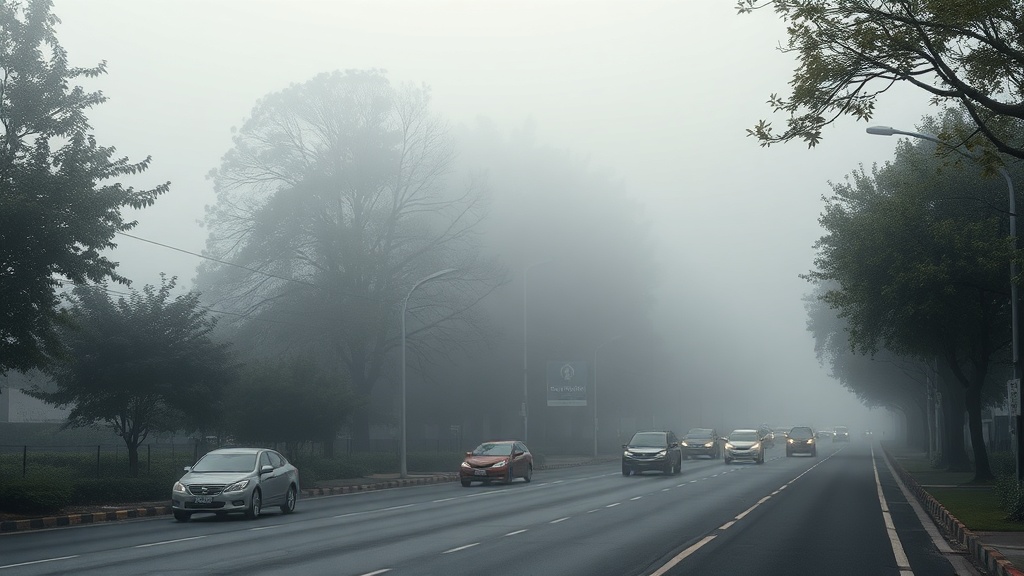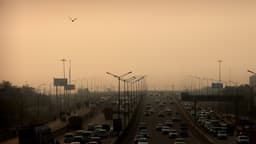Home / Environment / Delhi's Air Crisis: Power Plants Still Polluting
Delhi's Air Crisis: Power Plants Still Polluting
22 Nov
Summary
- 16 polluting coal units near Delhi lack critical FGD systems.
- SO₂ emissions from these plants exceed stubble burning by 16 times.
- Pollution control deadlines have been repeatedly extended since 2015.

As Delhi grapples with deteriorating air quality, at least 16 coal-based thermal power units within a 300-kilometer radius are operating without Flue Gas Desulphurisation (FGD) systems. These units are major emitters of sulphur dioxide (SO₂), a pollutant critical in the formation of PM2.5. Despite a 2015 mandate for SO₂ emission controls, compliance has lagged, with multiple deadline extensions and significant relaxations for certain plant categories.
Analysis reveals that these non-compliant units contribute substantially to air pollution, with SO₂ emissions estimated to be 16 times greater than those from paddy stubble burning. Full implementation of FGD technology across the affected plants could drastically cut SO₂ emissions in the Delhi-NCR region by an estimated 67 percent. However, the current regulatory framework has allowed many plants, particularly those categorized as 'C,' to defer or avoid installation by meeting chimney height criteria.
The regulatory environment has seen repeated amendments, including a 2021 categorization of plants and subsequent deadline extensions. The latest revisions in July 2025 further extended compliance dates and offered exemptions, leading to a situation where 21 units can operate without FGD systems. This ongoing non-compliance raises concerns, especially as SO₂ emissions travel considerable distances, impacting air quality far beyond plant boundaries.




